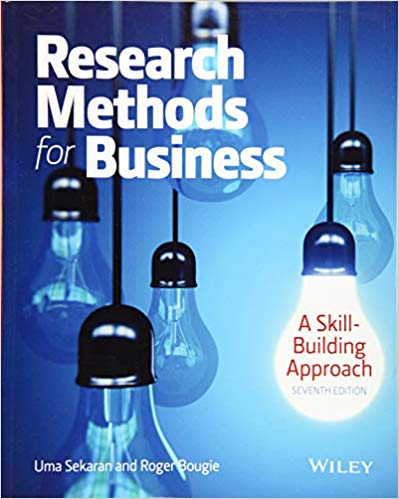Question
Revive a Business with Training Needs Analysis: A Case Study If you are a business owner or manager, you know how important it is to
Revive a Business with Training Needs Analysis: A Case Study
If you are a business owner or manager, you know how important it is to keep your employees motivated, skilled and
productive. But what if your business is struggling to survive in a competitive market? How can you turn things around and
achieve your goals?
The training need analysis is crucial and can have effects on many aspects of a business. One of the most effective ways
to revive a business is to conduct a Training Needs Analysis (TNA). A TNA is a systematic process of identifying the gaps
between the current and desired performance of your employees, and designing training interventions to address them.
Employee training requirements are influenced by their unique personal competencies, desired career path, and personal
demands that support organizational requirements.
The TNA can help you:
- Improve the quality of your products or services
- Increase customer satisfaction and loyalty
- Reduce costs and errors
- Enhance employee engagement and retention
- Boost innovation and creativity
- Gain a competitive edge
But how do you conduct a TNA? What are the steps involved? And what are the benefits of doing it? To answer these
questions, let's look at a case study of a company that used TNA to revive its business.
The Company: ABC Inc.
ABC Inc. is a small manufacturing company that produces custom-made furniture for residential and commercial clients.
The company has been in business for over 20 years and has a loyal customer base. However, in recent years, the
company has faced several challenges:
- The demand for custom-made furniture has declined due to the economic downturn and the rise of online retailers that
offer cheaper and faster alternatives.
- The company has lost some of its key clients to competitors that offer more innovative and diverse products.
- The company has experienced high employee turnover, especially among its skilled workers, due to low wages, poor
working conditions and lack of career development opportunities.
- The company has suffered from quality issues, delays and customer complaints due to outdated equipment, inefficient
processes and inadequate training
The company's owner, Mr. Smith, realized that he needed to take action to save his business. He decided to conduct a TNA
to identify the training needs of his employees and design training interventions to improve their performance.
The Process: Steps in Training Needs Analysis
Mr. Smith followed these steps to conduct a TNA for his company:
1. Define the objectives: Mr. Smith defined the objectives of the TNA as follows:
- To identify the current and desired performance levels of his employees in terms of knowledge, skills and attitudes
- To identify the gaps between the current and desired performance levels
- To prioritize the training needs based on their impact on the business goals
- To recommend training interventions to address the training needs
2. Collect data: Mr. Smith collected data from various sources to assess the current and desired performance levels of his
employees. He used:
- Interviews with key stakeholders such as customers, suppliers, managers and employees
- Surveys and questionnaires to gather feedback from employees and customers
- Observation of work processes and employee behaviors
- Review of documents such as sales reports, quality records, customer complaints and performance appraisals
3. Analyze data: Mr. Smith analyzed the data using various methods such as:
- SWOT analysis to identify the strengths, weaknesses, opportunities and threats of his company
- Gap analysis to identify the differences between the current and desired performance levels of his employees
- Root cause analysis to identify the underlying reasons for the performance gaps
- Cost-benefit analysis to estimate the potential return on investment (ROI) of training interventions
4. Report findings: Mr. Smith summarized his findings in a report that included:
- A description of the objectives, methods and sources of data collection and analysis
- A presentation of the results of data analysis such as charts, graphs and tables
- A prioritization of the training needs based on their impact on the business goals
- A recommendation of training interventions to address the training needs such as online courses, workshops, coaching,
mentoring etc.
5. Implement training: Mr. Smith implemented the training interventions based on his recommendations. He:
- Allocated a budget and resources for training
- Selected suitable trainers and vendors for training delivery
- Scheduled training sessions according to employee availability and work schedules
- Communicated training objectives, expectations and benefits to employees
6. Evaluate training: Mr. Smith evaluated the effectiveness of training interventions using various methods such as:
- Pre- and post-tests to measure changes in employee knowledge and skills
- Feedback forms to gather employee reactions and satisfaction with training
- Observation of employee behaviors and performance after training
Step by Step Solution
There are 3 Steps involved in it
Step: 1

Get Instant Access to Expert-Tailored Solutions
See step-by-step solutions with expert insights and AI powered tools for academic success
Step: 2

Step: 3

Ace Your Homework with AI
Get the answers you need in no time with our AI-driven, step-by-step assistance
Get Started


